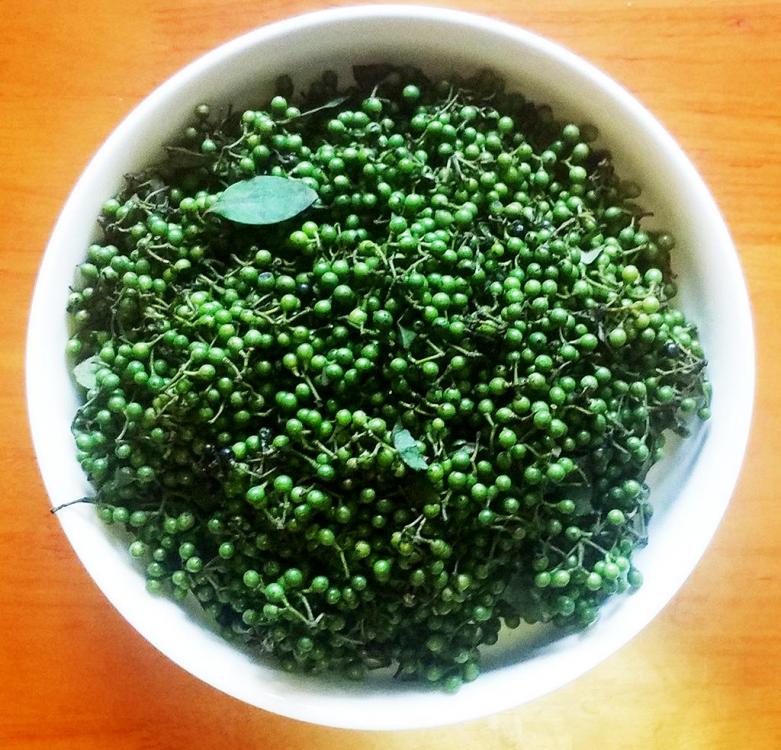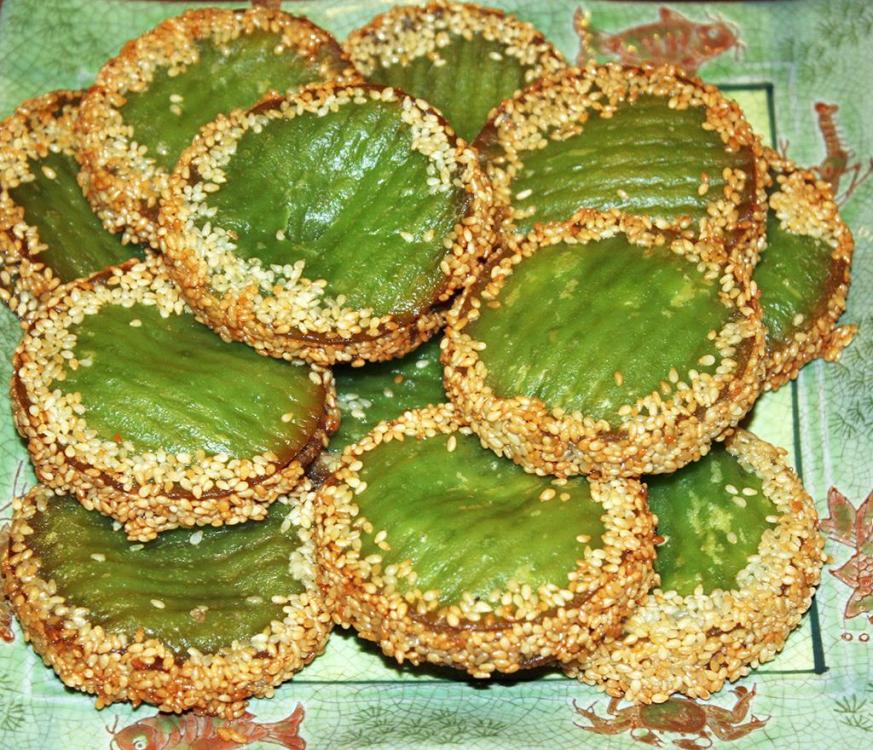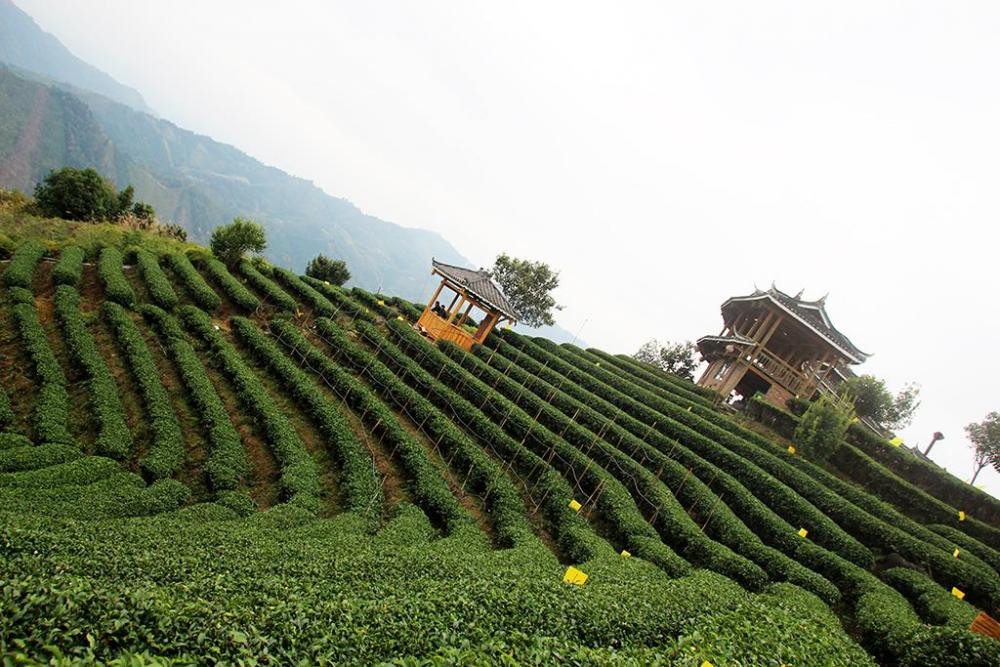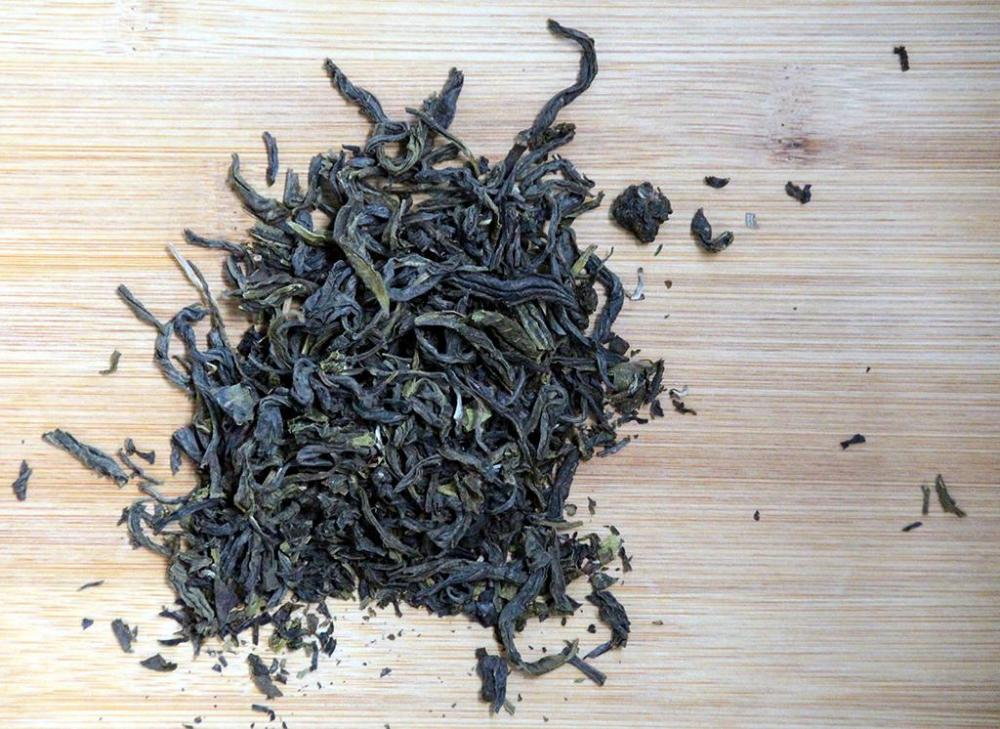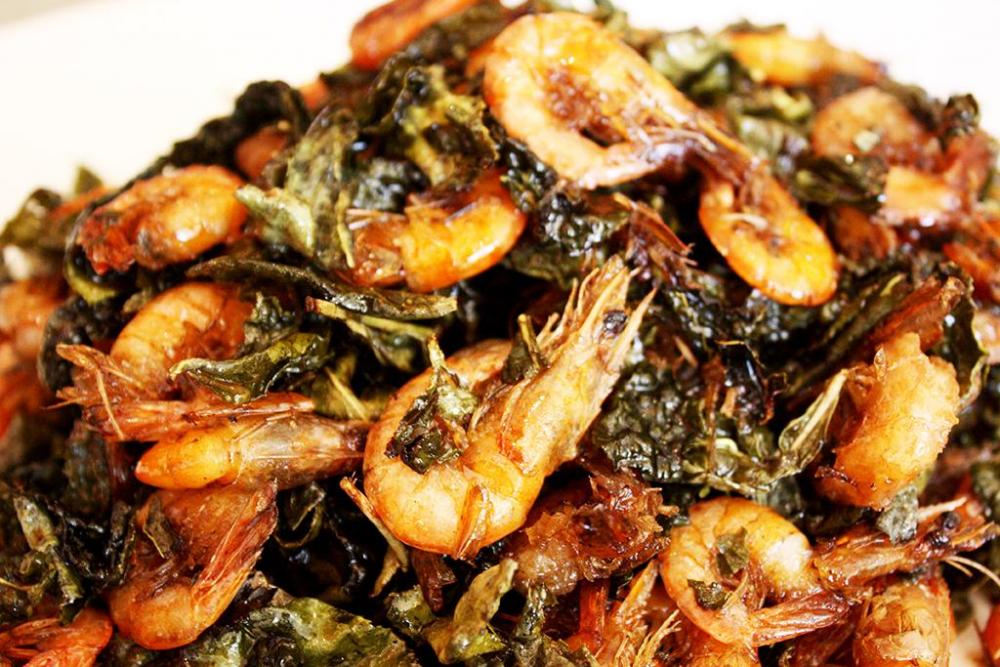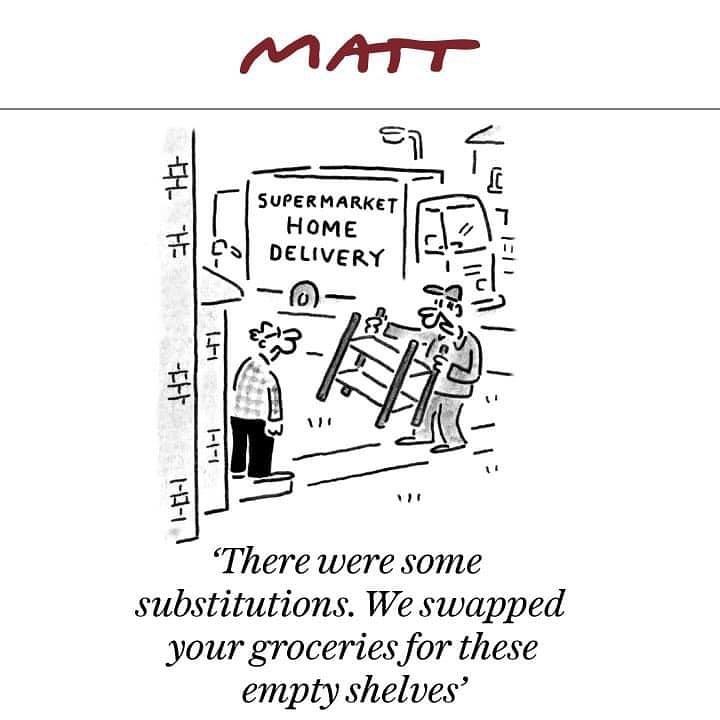-
Posts
16,658 -
Joined
-
Last visited
Content Type
Profiles
Forums
Store
Help Articles
Everything posted by liuzhou
-
How an 18th-Century Cookbook Offers Glimpses of Jane Austen’s Domestic Life
-
Slow braised chicken legs with black garlic, chillies, fresh turmeric, anchovies and wine. Stir-fried Brussels sprouts with regular garlic. There was a baked potato off-stage to the right.
-
It has that reputation worldwide. Unfortunately perhaps, there are no studies that back up that reputation.
-
34. 姜黄 (jiāng huáng) – Turmeric – Curcuma longa Ground Turmeric I guess most people associate 姜黄 (jiāng huáng), turmeric with India. I know I always did. But, in fact, it has been known in China and SE Asia for centuries. In China, it has long been used in TCM, despite there being no real evidence of any therapeutic powers, but in recent years, has became more available to the home cook. It has been used in industrial food production for much longer, both as a colouring agent and for its earthy, bitter, peppery flavour. 姜黄 (jiāng huáng) literally means 'ginger yellow', reflecting that it is closely related to common ginger. The unusual order of the two words suggests that it was originally used for its colour, more than anything else. Here, I see it in supermarkets and in bakery supply stores. It comes in three forms. By far the most common, as it is worldwide, is the ground turmeric. The spice in this bottle is grown in Shandong Province in north-east China. However, I can also get the fresh rhizomes from which the powder is derived. Fresh Turmeric Rhizomes The rhizomes can be stored and used exactly as you would with ginger. And finally I can get the boiled and then dried turmeric which is ready for me to grind myself or just to be dropped into a hot pot or soup. Right now, I have all three in the pantry, although the ground type is running low – time for a restock, methinks. Sliced, Boiled and Dried Turmeric
-
33. 香料 (xiāng liào) – Spice Mixes I’m guessing that everyone knows five-spice powder. I have no intention of talking much about that here other than to point out again that it is used far more often in the west than it actually is in China! There are literally hundreds of different mixes, many of which are more interesting than boring old 5-spice. And 5-spice is about to be outbid below. There is no way I’m going to cover 100s of mixes but I will start with two I think may be interesting. 1. 干蘸粉 (gān zhàn fěn) – Dry Dip Powder. China has many dips and they are normally offered with every meal, Most are liquid, being based on soy sauce, oils and vinegars flavoured with spices. But there are also dry dips, which are usually served with meats. My favourite is this one which comes in this small can containing 40 grams / 1.4 ounces. It contains sand ginger, cassia, star anise, fennel, sugar, Sichuan peppercorn, chilli, salt, cumin; all of which I’ve mentioned above, except sugar*. It is fragrant and spicy hot. 2. 十三香 (shí sān xiāng) – 13 Spices 香 (xiāng) is an interesting but multi-purpose word in Chinese and difficult to translate. It can mean fragrant; sweet-smelling; aromatic; with relish; with good appetite; (sleep) soundly; popular; welcome; perfume or spice; incense; joss stick. Take your pick. Then when combined with other characters, dozens more meanings. Cilantro / coriander, for example is 香菜 (xiāng cài, literally ‘xiang vegetable’). This popular mix is actually often easier to find here than 5-spice. It contains sand kernels, cloves, angelica, star anise, fennel, pepper, galangal, orange peel, black pepper, nutmeg, cinnamon, dried ginger, hawthorn, and licorice. Most of which I’ve covered. Will get round to the others soon. It is used in much the same way as 5-spice. Rubs, marinades, hot pots, stir-fries etc. Available in the USA and UK via Amazon and in many Asian markets. * Sugar in China - a topic from 2016.
-
Just to add. I also use a lot of black garlic - both regular cloves and single-headed.
-
This arrived today. I only bought it for a bit of fun. A can / drink chiller. I tested it with a warm can of tonic water (35℃ / 95℉ ambient temperature in kitchen). Took a lot longer to chill to a decent temperature than it would by my usual method - chucking the can in a freezer for 15-20 minutes. However, I can see it being useful to keep already cooled cans or other drinks in that cool state as I work at my desk, sipping away. It might also be useful for people in offices with no other cooling devices, but I work from home (a little) and have two freezers. I need my cold beer.
-
I try never to store fresh herbs. I grow most of the ones I use. In pots of various sizes on my balcony and on window sills. I never store coriander / cilantro or grow it. Did try growing it but without much success. Instead, I buy it. Luckily, in the market, it comes unbunched, so I can buy just as much or as little as I like. I kid you not. I could buy as little as one or two stems and the vendor wouldn't blink. So. any I buy (and I buy it nearly every day) is used that day at its freshest.
-
For me, it varies depending on what I'm cooking and how. I use whole cloves, halved cloves. I mince it, crush it, pound it to a paste. I slice it thickly, thinly, more thinly. I grate it. Mincing it is my go to for most dishes. I also pickle it and sometimes have it raw. I buy both regular bulbs and, more often, single-headed garlic. I have never used or even seen garlic powder. That seems to be an American thing.
-
32. 芡实 (qiàn shí) – Fox Nut / Gorgon Fruit – Euryale ferox These are normally sold in the spice section in supermarkets or on spice stalls in the open markets. However I wonder if they really should be classified as spice; when I’m feeling kind I’d say they are slightly sweet and a little sour – when I’m feeling mean, they are pretty tasteless. 芡实 (qiàn shí), fox nuts are the dried, split seeds of a type of water-lily. They are also known as ‘prickly waterlily’, ‘Gorgon seeds’ or in Hindi, 'मखाना (makhaana)’. The plant is native to East and South Asia and 90% of the world supply is produced by Behar State in India. They are also grown in China and Japan. They are often added to porridge / congee, used in hot pots and feature in many soups. I’m told that they can be roasted or fried and they puff up like popcorn, although I’ve never seen this in China. More of an Indian thing. Should you want to try them amd your local Asian markets don't have them, try a Traditional Chinese Medicine (TCM) shop. Like almost everything in this topic, they are used medicinally.
-
To my intense surprise, while in the supermarket picking out the usual, I spotted these! First time ever in a Chinese supermarket. Brussels sprouts. I have bought them online before at great expense, but never seen in a store or market. None of my friends know what they are. Looks like civilisation is arriving! By the way they are known in Chinese as '孢子甘蓝 (bāo zǐ gān lán) which translates as 'spore cabbage'.
-
31. 龙须菜 (lóng xū cài) – Chayote Shoots – Sechium edule The picture above is of the leaves of chayote, the popular gourd known in Mandarin Chinese as 佛手瓜 (fó shǒu guā), meaning ‘Buddha’s palm’. In Australia it is ‘choko’, from the Cantonese 秋球 (Jyutping: cau1 kau4), meaning ‘autumn ball’. In the UK, Ireland and much of the Caribbean area it is 'christophene’. It is native to the Central Americas, but is now grown worldwide. For most people in the west, only the gourd is eaten, but the whole plant is edible. The leaves are used here as a popular green vegetable and are one of my favourites, while the roots can be used like potatoes and other root vegetables. But it is the young, undeveloped sprouts that I’m looking at here. These we call 龙须菜 (lóng xū cài) meaning ‘dragon’s beard vegetable’. Dragon's Beard These are used more as a garnish or in salads, much as we might use cress in the west, and as a herb added to stir-fries at the end of cooking to wilt in the residual heat. I also like to use them with steamed fish, again letting them wilt after the fish is cooked and immediately before serving.
-
My caviar turned up (after delay caused by me filling out the order form then failing to send it!). It was accompanied by 'gifts'. A pack of hot smoked sturgeon, a small tin containing a shell spoon - caviar for the eating with, and a metal key for opening the caviar can. There was also a beautifully illustrated, 36 page booklet containing information, serving suggestions and recipes.
-
Chaucer, Shakespeare and Pope were very popular in their lifetimes and were far from obscure. And not only with 'a few obscure Brit's', either. King Lear was performed in Europe and Africa in Shakespeare's lifetime. People didn't 'read' Shakespeare, though. They paid hard cash to 'see' the plays. I'd say more people read the others then. When was the last time you read Pope or Chaucer? Glad to see you couldnt resist responding, though. What was it you were saying about noise?
-
Nothing to do with the internet. What you are describing has been going on for centuries. The only thing that has changed is the medium. The original article here and the response from India were from respected newspapers and were both published on paper and the web. Prior to there being a web, such things appeared in print in just the wame way. The history of English literature is full of such to-and-froing arguments between writers. It happened in Chaucer’s time and Shakespeare’s , reaching a peak in the 18th century with poets like Alexander Pope, Jonathan Swift etc. Pope famously retaliated against Lewis Theobald who had criticised his edition of Shakespeare’s works by writing the Dunciad, throwing attacks on the Poet Laureate Colly Cibber and the politician Horace Walpole. When published, albeit anonymously, it met with both fury and delight, the fury escalating to physical danger and Pope was forced to carry pistols with him everywhere he went. There is nothing new under heaven.
-
30. 砂仁 (shā rén) – Sand Kernels - Wurfbainia Villosa This is an unusual one. 砂仁 (shā rén) are the dried fruit pods of a plant, similar to cardamoms and in the ginger family. The plant is native to southern China and SE Asia. The pods contain aromatic seeds which resemble a cross between cinnamon and ginger in taste. The pods are cracked before being added to hot-pots etc. They are also used in Traditional Chinese Medicine (TCM). It is also occasionally used in some 5-spice mixes in Guangdong. Also used in milk teas in Taiwan.
-
India replies.
-
Pork with orange jasmine and hand-pulled noodles. Also contains garlic, ginger, Shaoxing wine, potato starch, soy sauce, green 'beautiful people' chilli, scallions and sesame oil.
-
-
29. 枸杞 (gǒuqǐ) – Goji – Lycium chinense Touted today as a ‘superfood’ by shamans and fakers exploiting the gullible, the leaves and berries of the goji shrub have been used in east Asian cooking and medicine for centuries. There is zero scientific evidence that they have any effect on health or disease. The small red berries (Lycii fructus), also known as wolfberries, are dried and added to rice porridges, soups and hotpots, but also used to make tisanes and are also made into wine, 枸杞酒 (gǒu qǐ jiǔ). The taste is mildly fruity, reminiscent of dried strawberry to my palate. Goji Leaf More to my liking are the leaves Lycii herba. Known in Chinese as 枸杞菜 (gǒu qǐ cài, literally goji vegetable or 枸杞叶 (gǒu qǐ yè, literally 'goji leaf'), which is stir-fried or added to hot pots. The young stems are also edible, but more normally the leaves are stripped from older, woody stems. Goji Leaf Less well known are these small black goji berries (黑枸杞 - hēi gǒu qǐ). Less than half the size of the red ones, these are more often used to make goji tea. Black goji berries Infused black goji berry tea 1 Infused black goji berry tea 2
-
For the simple reason that the drink is more red than black. Brew some 'black' tea and pour it into a glass without cow juice and see what colour it is. China names it for the colour of the infusion; not the dried leaf. Edited to note: I did forget to translate 红茶. I have now edited original post.
-
28. 山胡椒 shān hú jiāo – Litsea – Litsea cubeba (Lour.) Pers. I have mentioned this elsewhere on eG before, but I do think it belongs here as well. 山胡椒 (shān hú jiāo), literally 'mountain peppers', are the seeds of a tree native to Guizhou and Hunan provinces of China. They also grow in Taiwan, where they have been introduced. Also known as 木姜子 (mù jiāng zǐ), literally 'tree ginger seeds'). Dried Litsea Seeds They are more usually seen dried, but even more often they are used to make 山胡椒油 (shān hú jiāo yóu) aka 木姜子油 (mù jiāng zǐ yóu), litsea oil. Litsea oil The seeds and oil are distinctly lemon scented like lemongrass, with notes of ginger and a mild pepperiness. The harvest begins in May and lasts all summer. Fresh Litsea Seeds The oil is often used as a condiment. Fuchsia Dunlop notes in The Food of Sichuan (see previous post) that although litsea is not Sichuanese, people in the SE of the province like to use it in dips and on the cold dishes Sichuan cuisine is famous for. The fresh seeds can be added to summer hot pots, but fresh seeds are rare, even here.
-
I buy most of mine in the local free market. Some of the more unusual online. I almost never buy ground or powdered spices. And many of the dried herbs are worthless.
-
27. 茶 (chá) – Tea – Camellia sinensis Tea in Liuzhou market I guess most people don’t think of tea as a herb, but of course, it is and aside from making a refreshing cuppa, it is used just like any other herb. Both green and black teas are used. Note 'black tea' is known in China as 红茶 (hóng chá) or 'red tea', which I venture to suggest, is more sensible. Tea, as I’m sure everyone knows is native to China; specifically the south-west of the country, especially Sichuan, Yunnan provinces and Tibet. There is credible evidence that a cup of tea was not unknown in China in the 3rd century AD, although it was really during the Tang dynasty (618 – 907) that its use became widespread and spread beyond China’s borders. China remains the largest producer with around double the cultivation of its nearest rival, India. I’m not going to dwell on its use for the popular drink; I’m not really a tea drinker. Instead, I want to look at other culinary applications. Liuzhou's local tea I’ll start with 抹茶 (mā chá). I guess most of you know matcha, even if you never use it. Almost every website* tells me this is Japanese. Wrong! Matcha (the Japanese transliteration), like so many other “Japanese” dishes (sushi, ramen, etc.), originated in China. In 1191, during the Song dynasty (960–1279) tea was introduced to Japan along with that other “Japanese” favourite Zen Buddhism. Matcha and the “Japanese” tea ceremony are described in great detail in 禪苑清規 (chán yuàn qīngguī) or Chanyuan Qinggui (Rules of Purity for the Chan Monastery) by Chinese monk 長蘆宗賾 (cháng lú zōng zé), published in 1103 - nearly a century before any Japanese laid eyes on tea. Matcha Matcha later fell out of favour in China, but its use continued in Japan. In recent years, it has seen a resurgence in China, being used in many confectionery items and baked goods as well as drinks. Sticky rice, green tea and sesame seed cakes But, it doesn’t stop there, tea leaves are used in everything from ice cream to stir-fries. It is used as the smoke source for smoked meats, especially duck. 樟茶鸭子 (zhāng chá yā zi) Sichuan tea-smoked duck is wonderful. It is a complicated dish to make at home, but Fuchsia Dunlop has a simplified recipe for home use in her The Food of Sichuan (eG-friendly Amazon.com link). Lapsang Souchong (正山小种 - zhēng shān xiǎo zhǒng) makes a great rub or marinade ingredient. Its smoky flavour is a perfect, and more nuanced, substitute for liquid smoke. One of my favourites, which I regularly make, is stir-fried shell-on shrimp with green tea, a speciality of Hunan, where they make it with freshwater shrimp from Dongting Lake. I use sea shrimp and the local tea. Or sometimes 龙井茶 (lóng jǐng chá), Dragon's Well tea from Longjing Village, Hangzhou, in China's eastern, Zhejiang province. Deep-fried crunchy tea leaves are a good accompaniment to stir-fries and to rice porridge etc. This website gives a number of very attractive recipes for cooking with tea - not specifically Chinese though. *Most surprisingly, Wikipedia is one of the few which gets the origin correct, but then mucks it up by giving the wrong pronunciation for the Chinese name. But they all get that wrong! Oh well! Tea terraces in Sanjiang, Liuzhou Prefecture





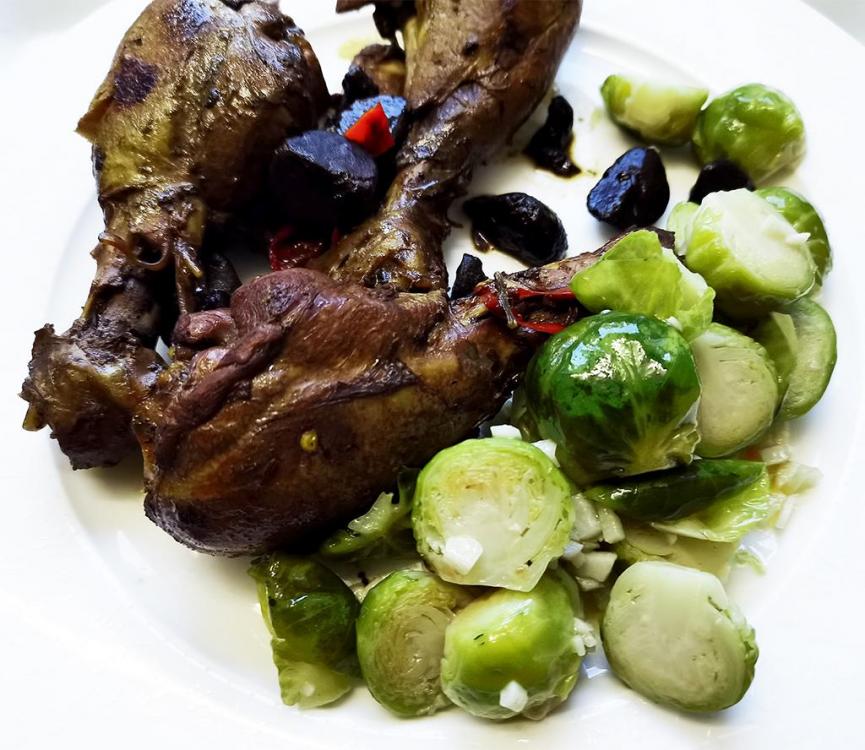
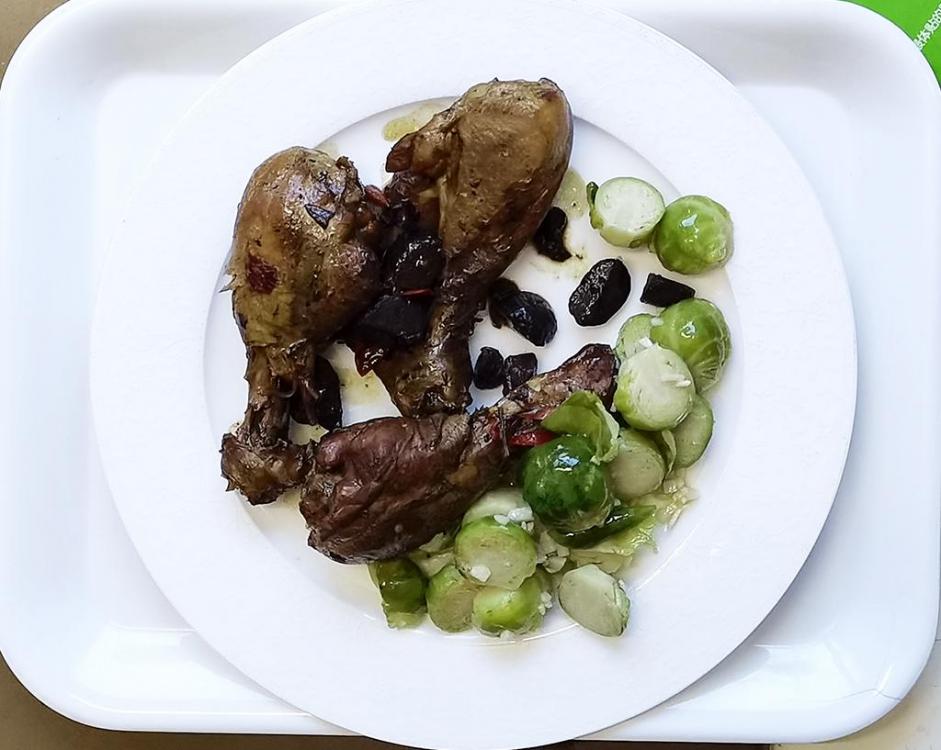

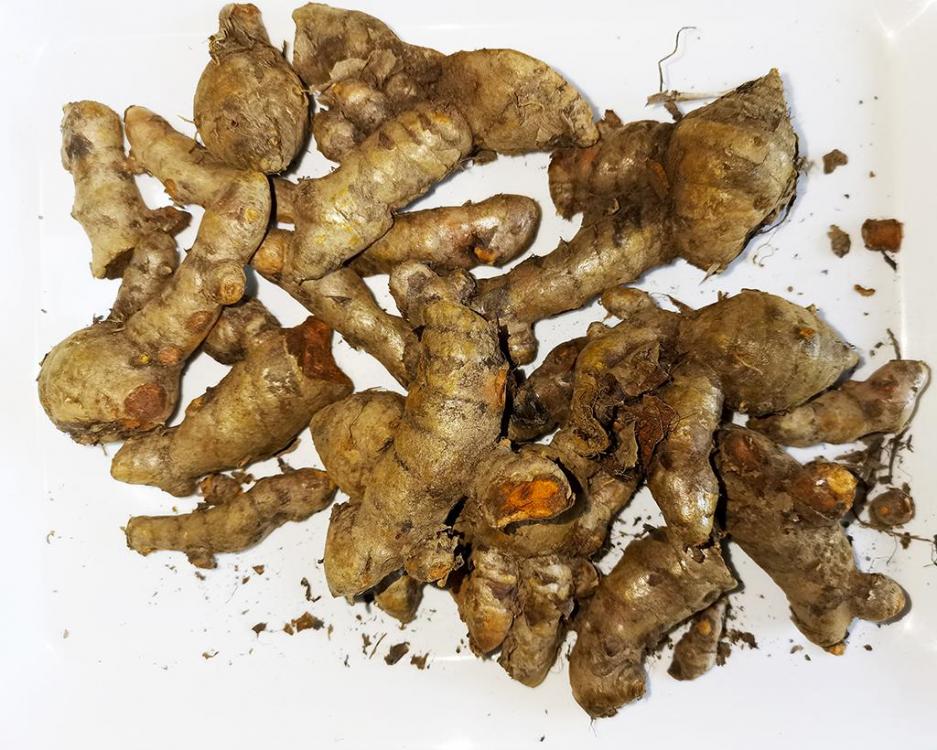

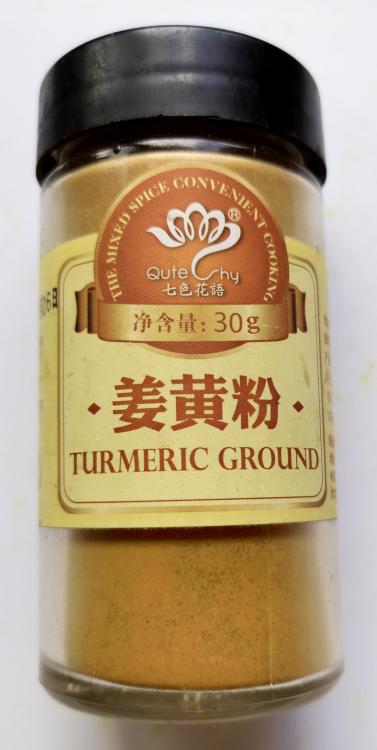
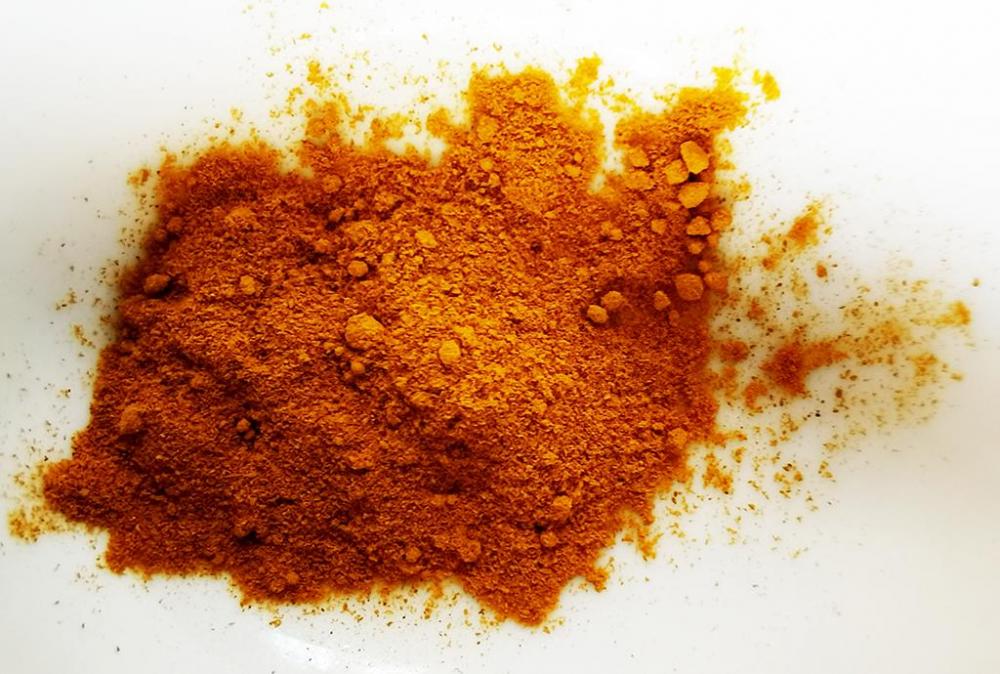

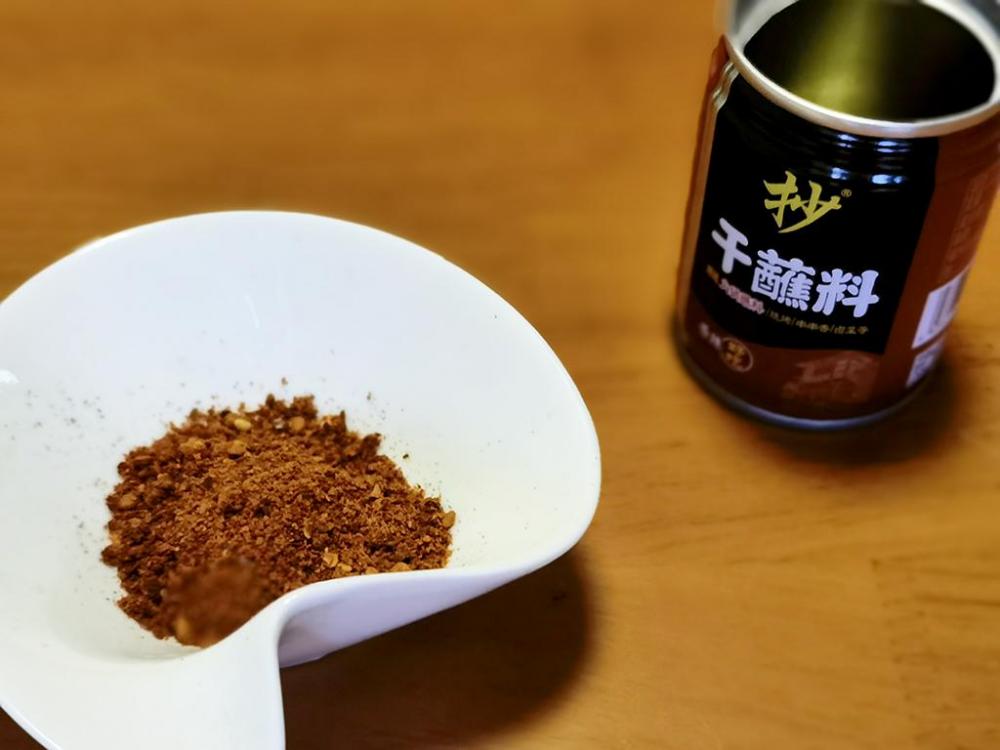
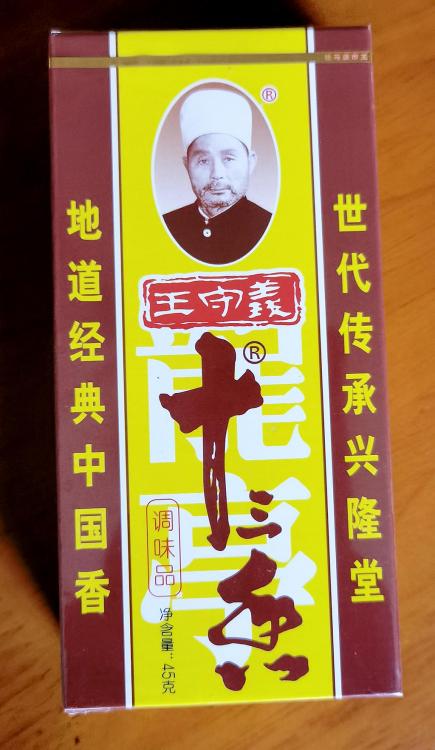
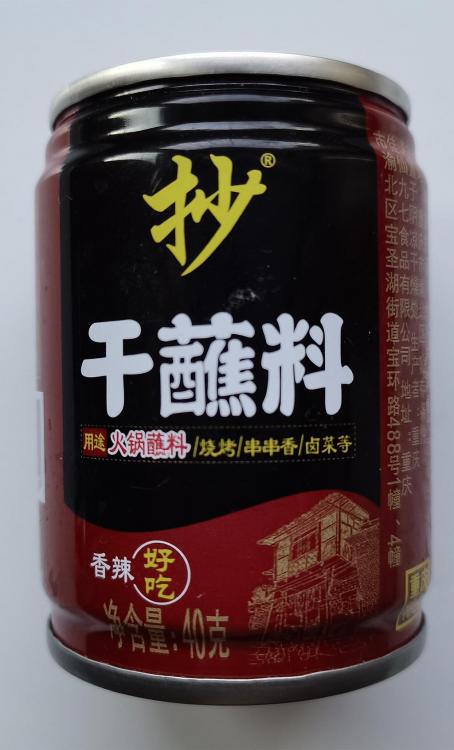
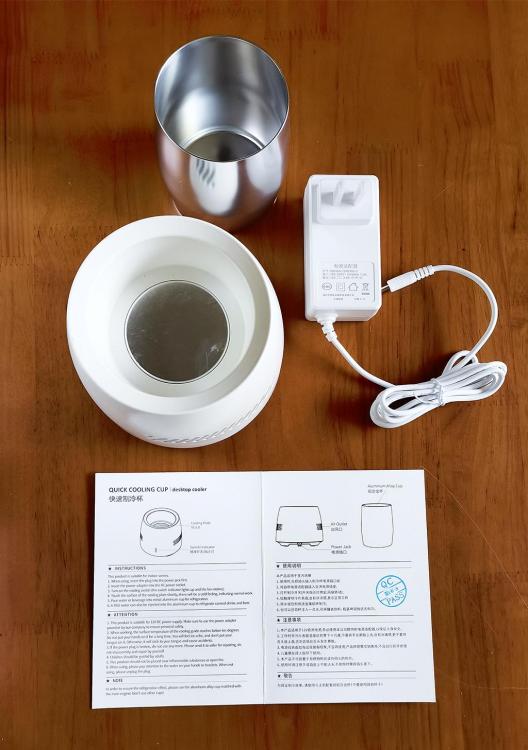
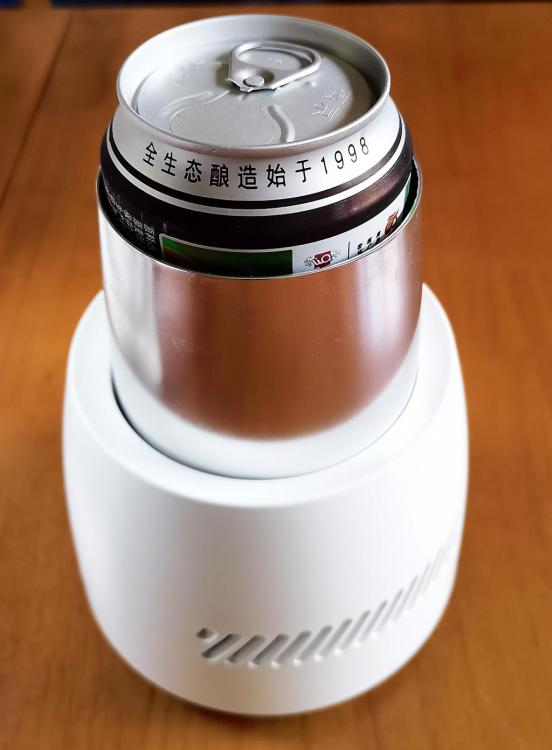
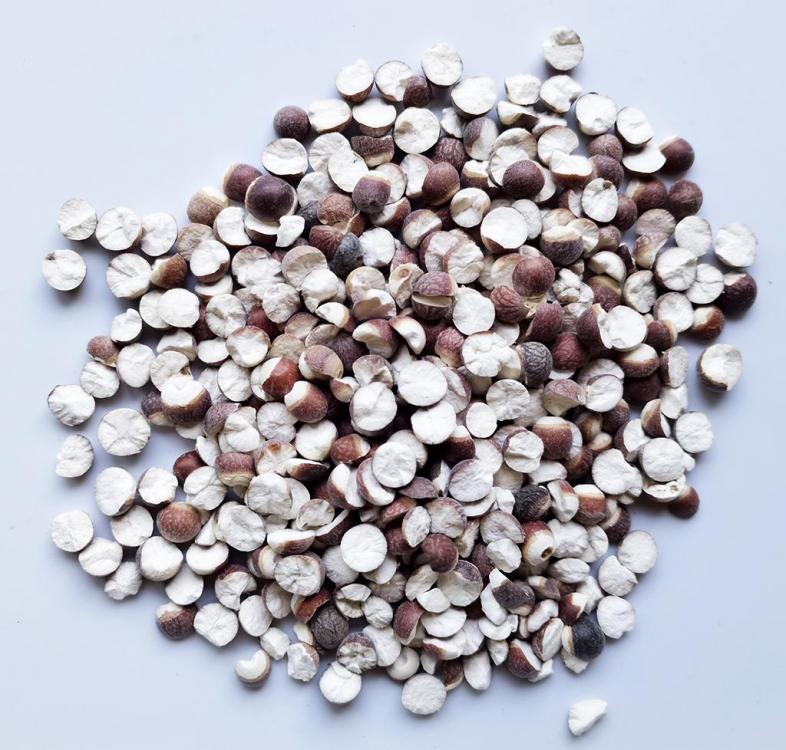
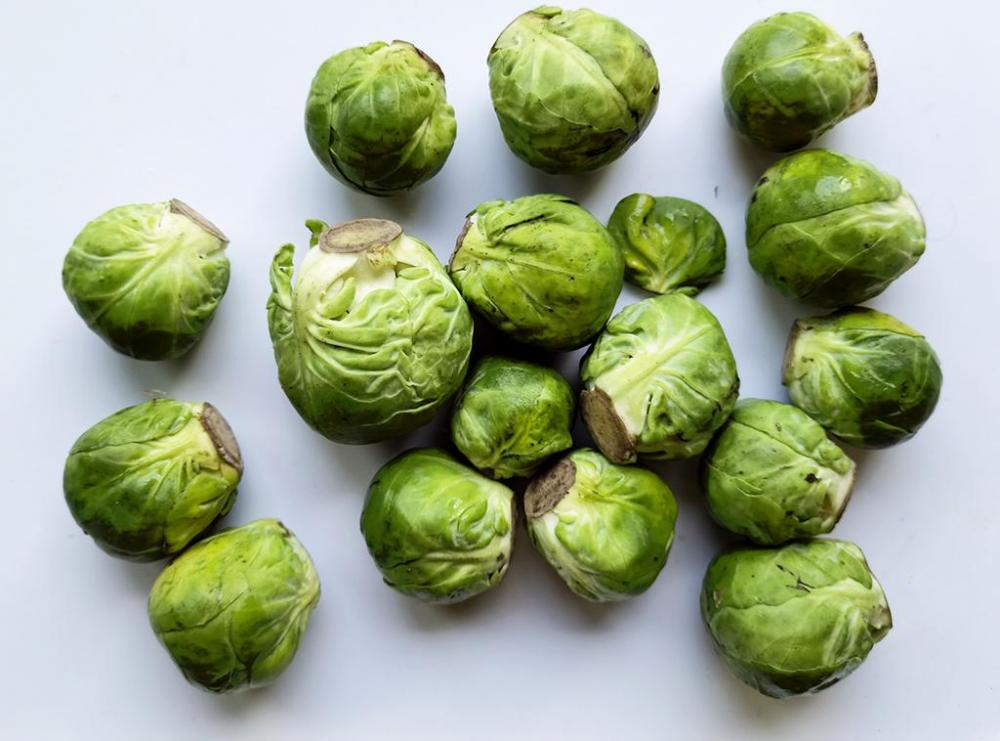
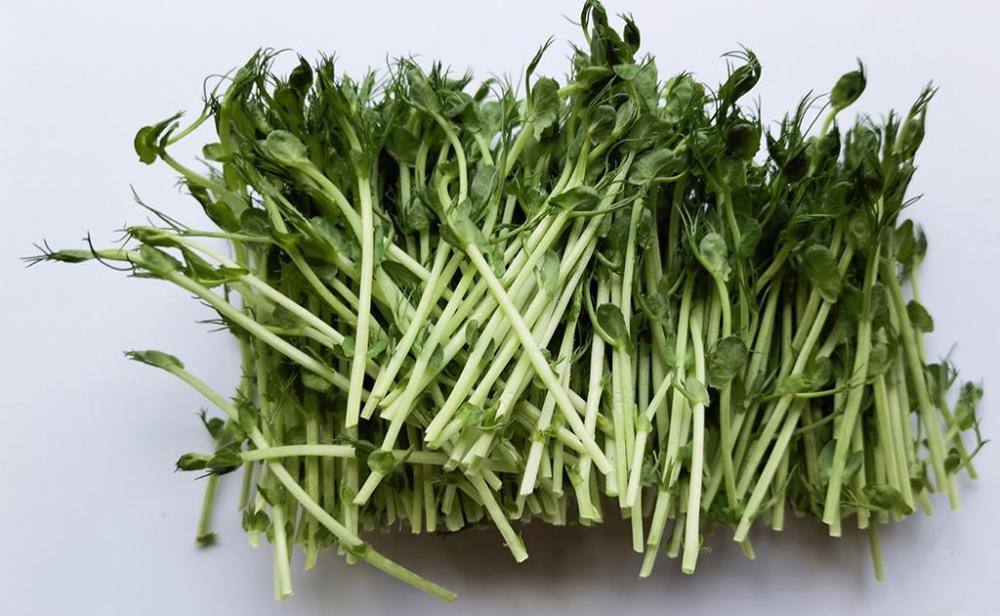
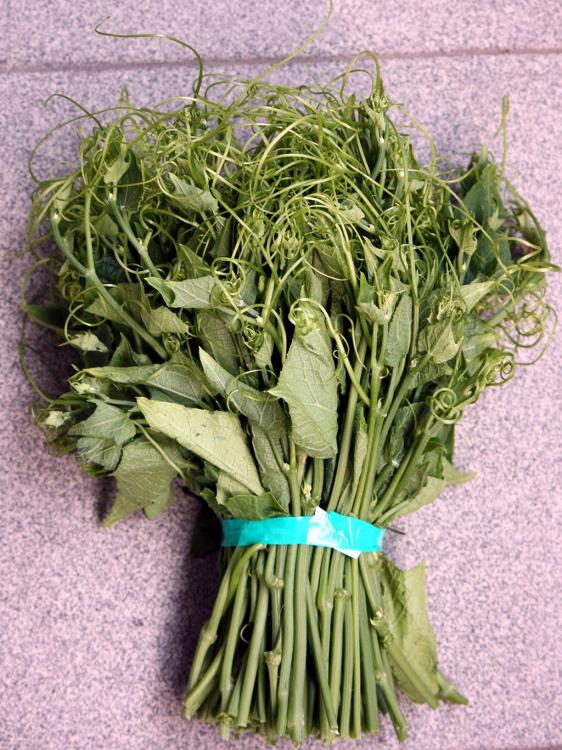
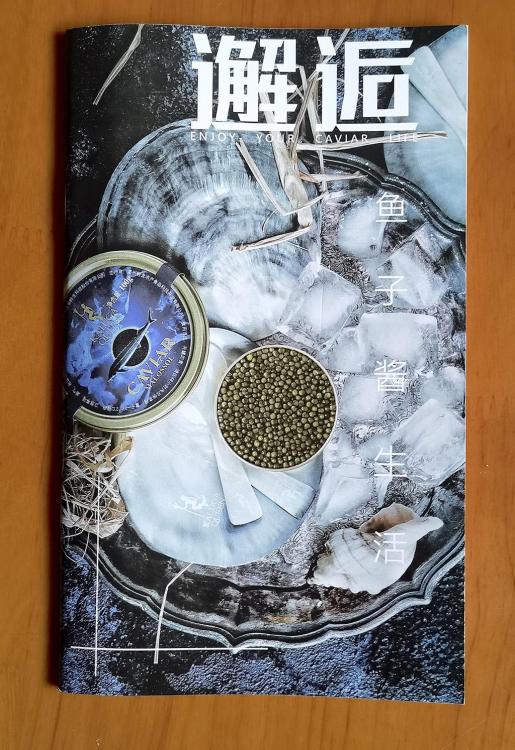
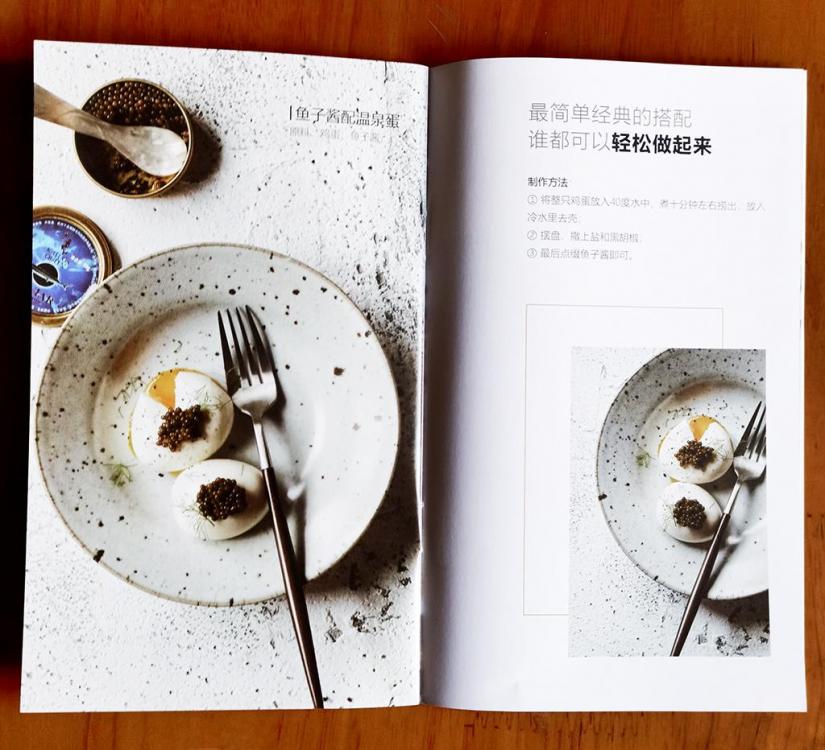
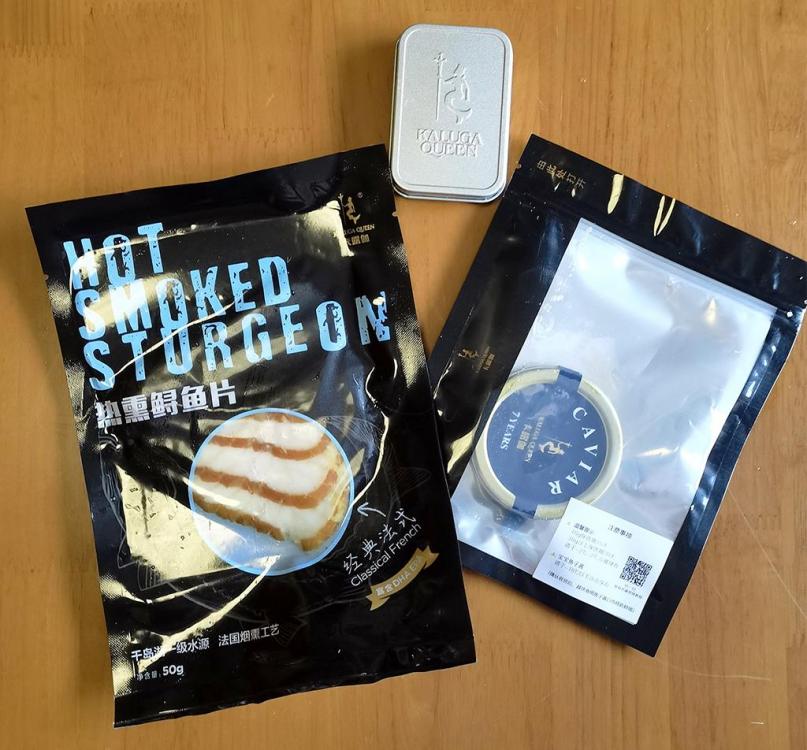
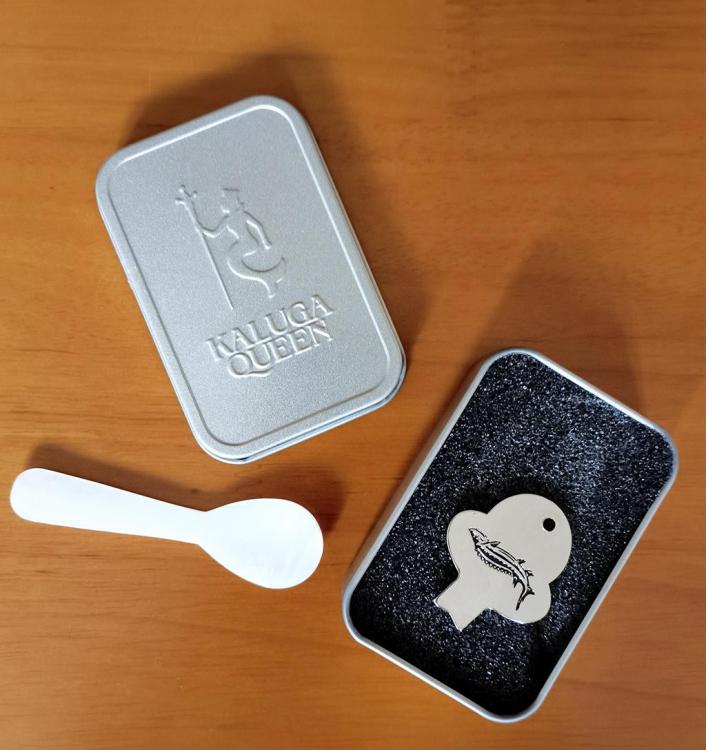
SandKernels-WurfbainiaVillosa.thumb.jpg.98ffc85eee74a39b00c6774526a11cd6.jpg)
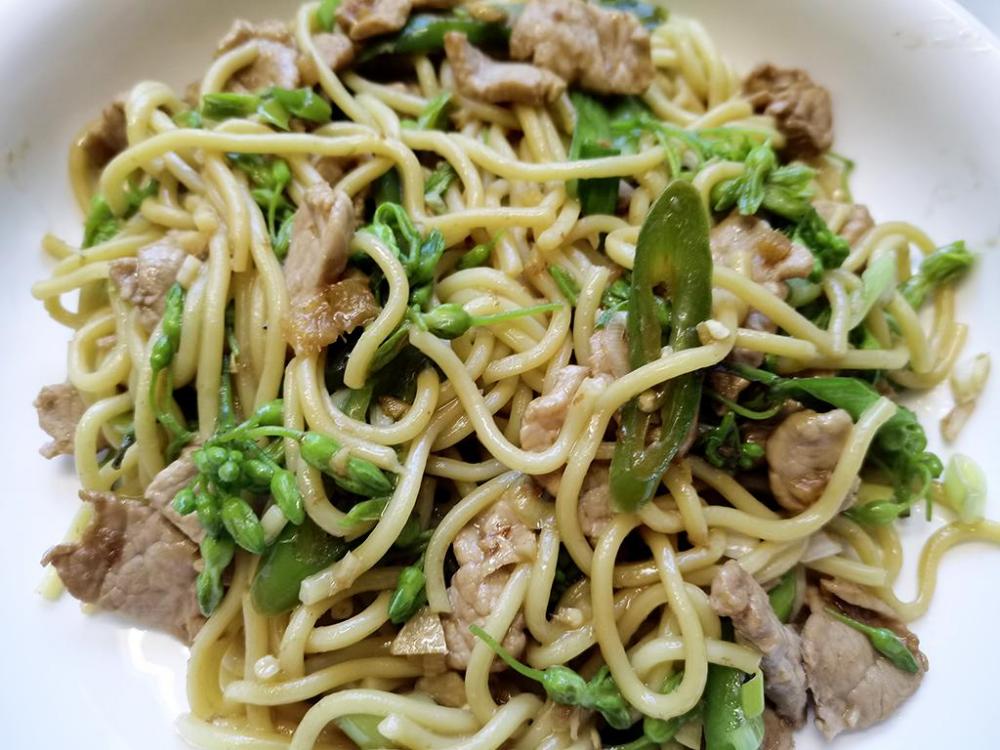
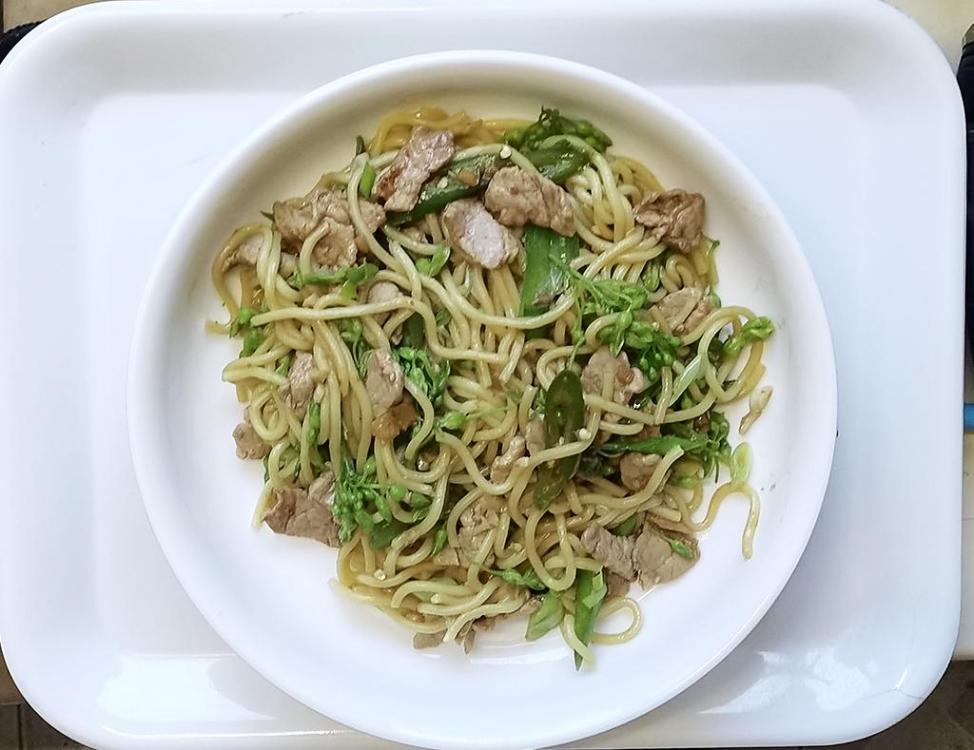

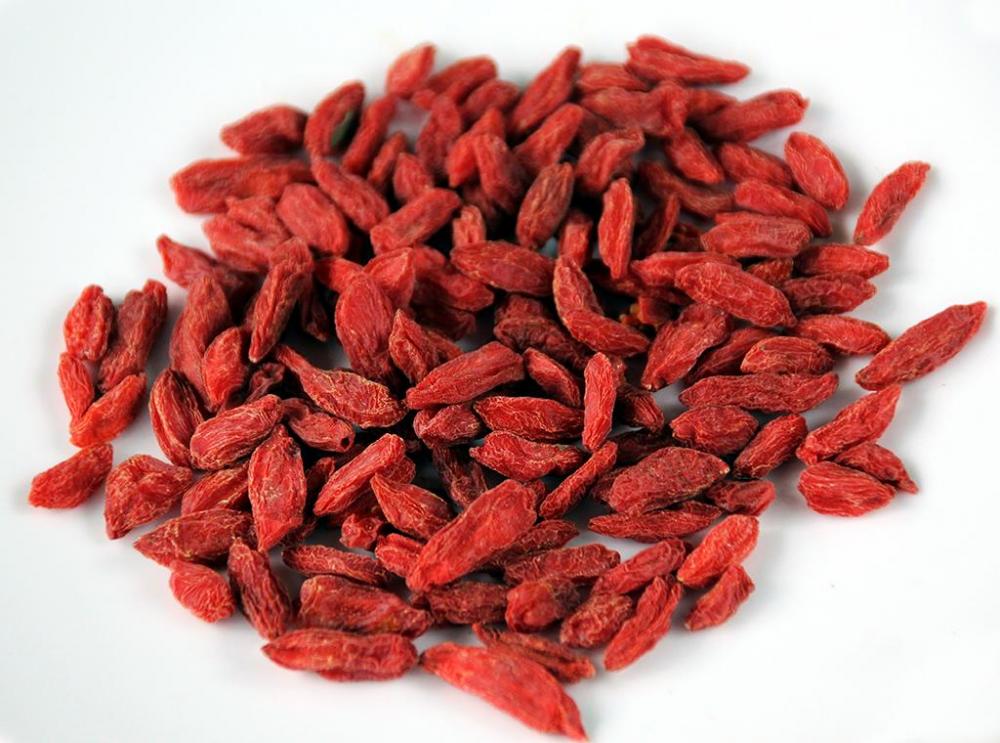
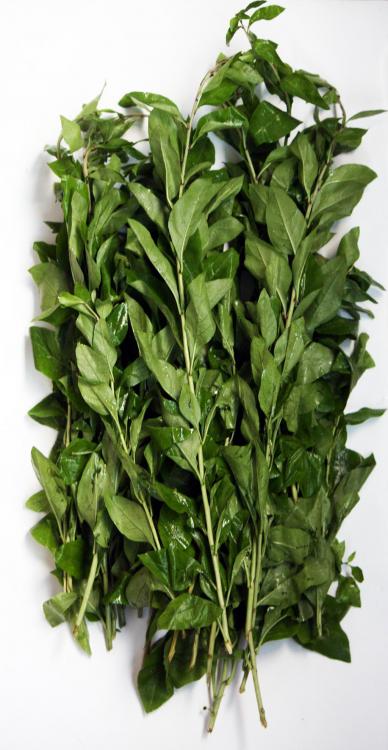
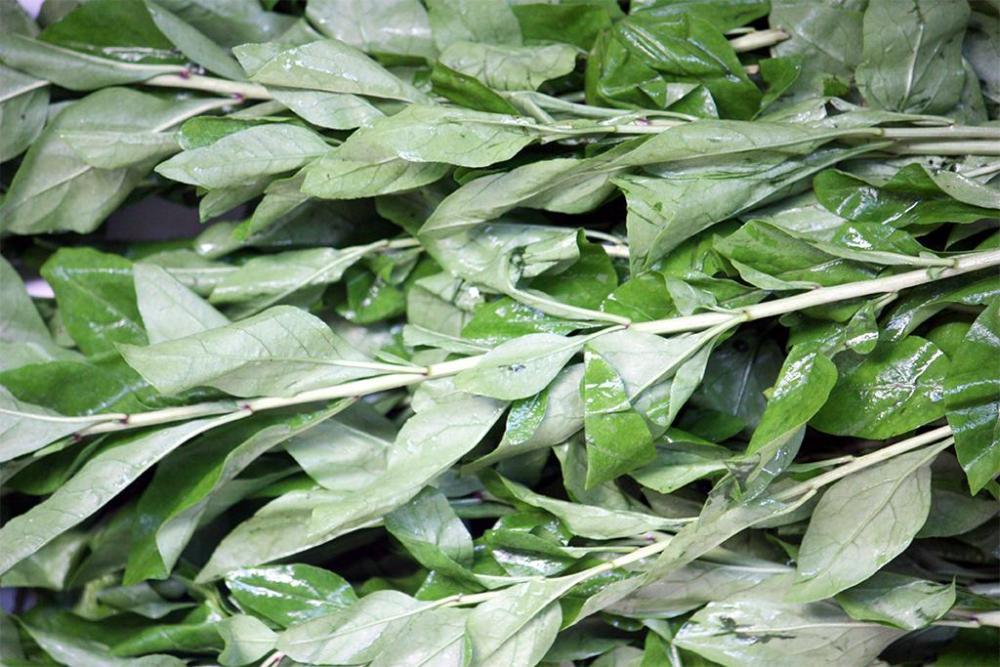
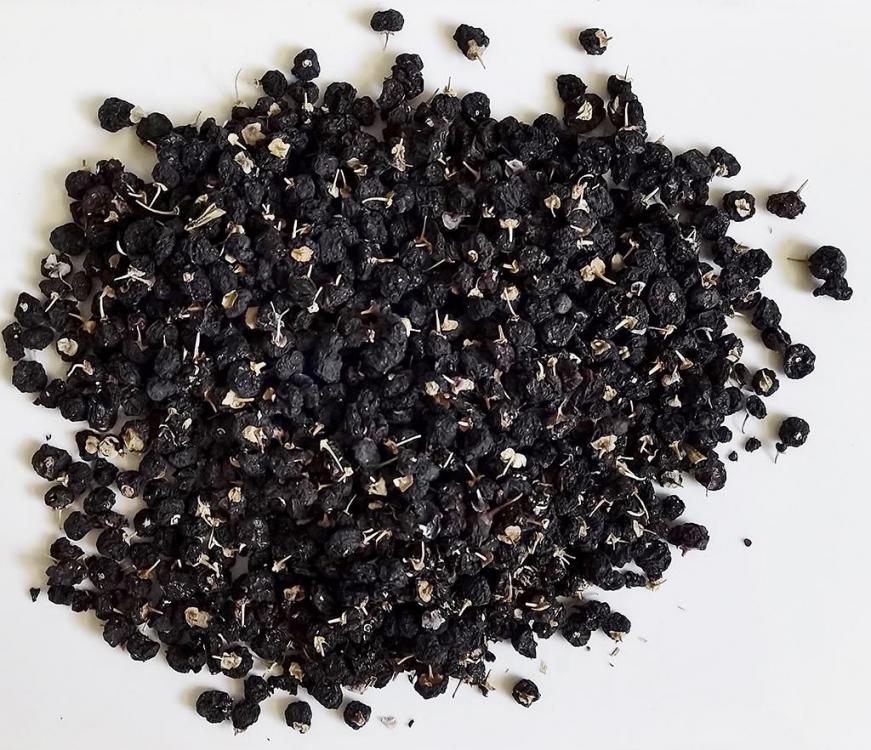
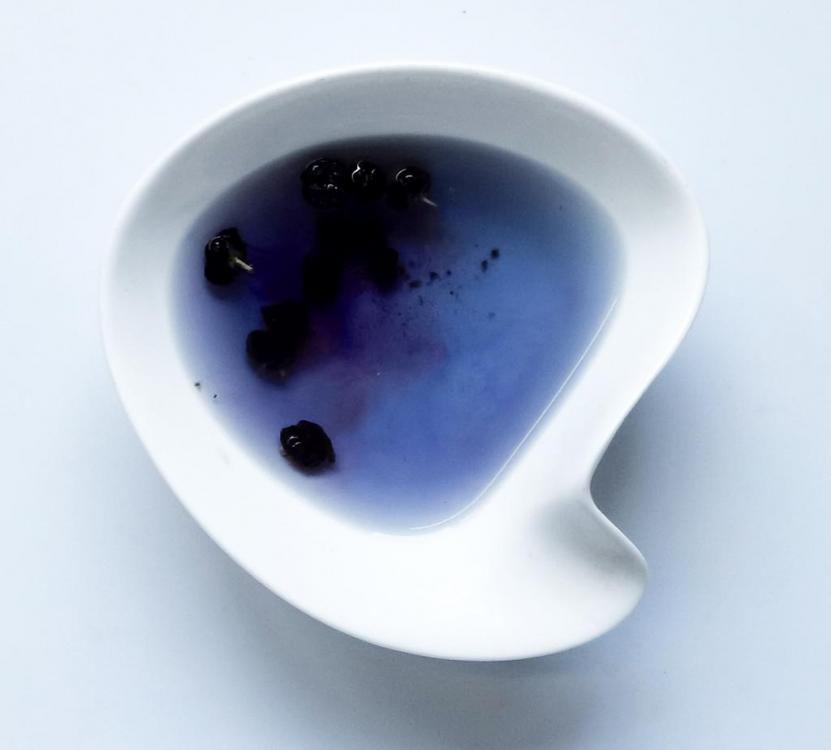
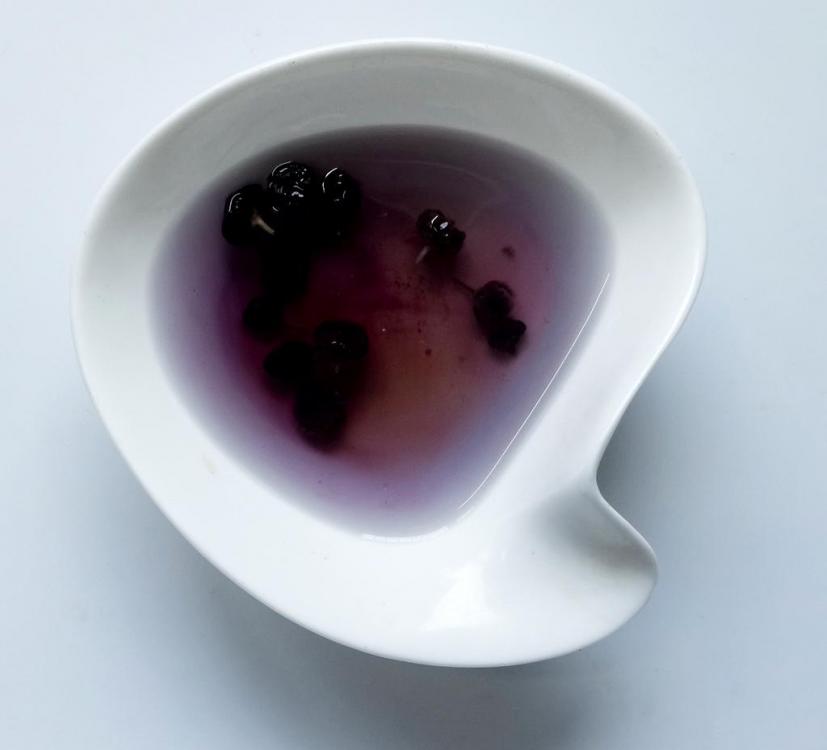
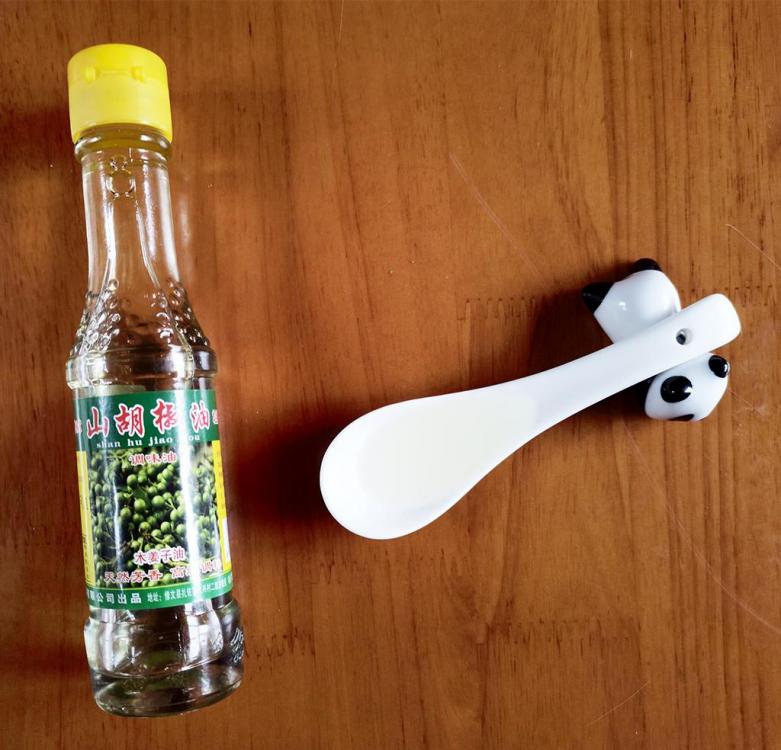
.thumb.jpg.b5f41fe19459e38d68075216043afe78.jpg)
